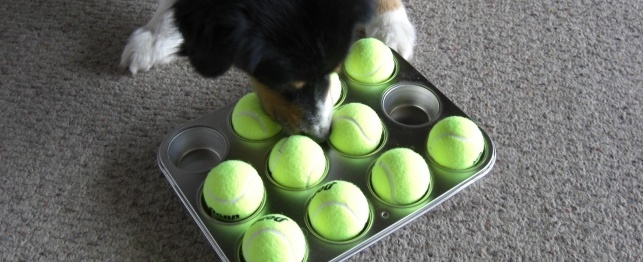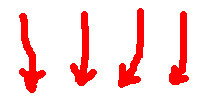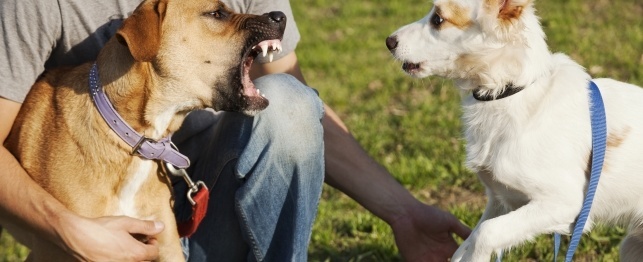Clickertraining is a street term that uses operant conditioning in regards to teaching an animal new behavior. It relies primarily on the reward method or positive reinforcement. This method is now used extensively in dog training, and it seems to be successful even with very young puppies (or at least those who are already a few weeks old.)
As some reports claim, pet enthusiasts now find that the clickertraining is a welcome relief from the more forceful and sometimes cruel method of enforcing obedience by choke collars. Not only do the dogs perform better and master new routines faster, the animals maintain great eagerness to learn more. Also, because clicker dog training is more precise than any vocal command or verbal praise, the dogs know what specific action will earn them a reward. Their learning becomes more reliable in the end.
This, in turn, also helps the trainers because it shortens the amount of time and effort necessary to teach a dog one new behavior. The pace of this kind of obedience training is about 200% faster than conventional training using negative reinforcements, punishments or depravity; which of course, benefits the dogs' health to a large degree.
This form of dog training requires a clicker: a small rectangular box, which is usually made of plastic materials, that has a metal strip that makes the unique clicking sound when pushed and released. This clicking noise is initially associated with "reward:" a small amount of food or treat (i.e. a piece of mint.) The clicking noise is loud enough that the dog can discern it over a babble of noises from its environment, yet it is not intrusive or grating to the human ears.
Although many believe that clickertraining is a faster alternative to conventional training, it is still a process of learning. It takes time, a lot of small treats and a lot more clicking before the dog achieves the required behavior.
Several factors about the clickertraining make it a good form of obedience tool.
For one, it is a gentle form of dog training. It does not use force or coercion for the dog to take action. It is thereby safe to use on very young dogs that are already several weeks old. This early exposure to training helps in the development of "good" behavior -- making the dogs easier to handle especially if you are gearing them for more intricate maneuvers later on. All it really takes is for the dogs to associate exactly what they did that earned them the reward, and the animals will learn to do the same action again in hopes of receiving the same treat.
By the way, aside from the clicker and the treat, the trainer must also adhere to a strict rule of consistency in clickertraining. A specific command must always and only follow one suitable action. Confusing the animal will only hamper your progress.
Once a dog learns a new behavior, a trainer can dispense with the clicker altogether. It is only a tool to teach new routines. If the dog is successful, any verbal command will suffice for it to perform a command. For an interim, clicker dog training is only a learning tool and should not become a permanent part of the dog's daily existence.

 The Fabulous Muffin Tin Game for Dogs
The Fabulous Muffin Tin Game for Dogs
The Fabulous Muffin Tin Game for Dogs
The Fabulous Muffin Tin Game for Dogs
 Stop Dog Digging: Find Fun And Easy Ways To Train Your Dog
A lot of people are trying to maintain a clean home these
Stop Dog Digging: Find Fun And Easy Ways To Train Your Dog
A lot of people are trying to maintain a clean home these
 Does Your Dog Need More Exercise?
Does Your Dog Need More Exercise?
Does Your Dog Need More Exercise?
Does Your Dog Need More Exercise?
 Dog Parks and Bites: What You Need to Know
Dog Parks and Bites: What You Need to Know
Dog Parks and Bites: What You Need to Know
Dog Parks and Bites: What You Need to Know
 City Slickers: 5 Tips for Urban Living with Cats & Dogs
City Slickers: 5 Tips for Urban Living with C
City Slickers: 5 Tips for Urban Living with Cats & Dogs
City Slickers: 5 Tips for Urban Living with C